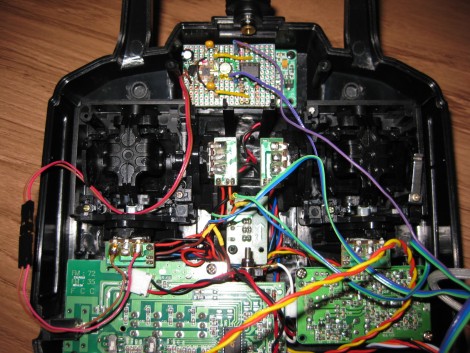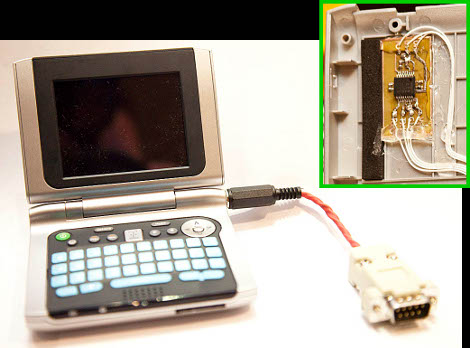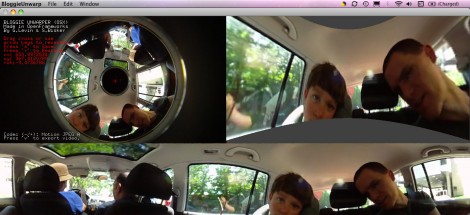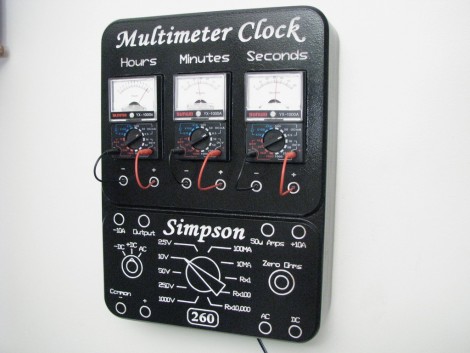
If your soldering skills are up to snuff you can add a motion control feature to your radio controlled transmitter. [Starlino] used a combination accelerometer and gyroscope module as an alternate source of analog control information. He built a filter to dial in the analog voltage range to match that of one of the sticks on the controller. A switch is used to disconnect the signal when motion input is not desired. This would be a nice addition to one of those more creative aerial hacks.















